Violin Memory to make all-flash datacentres a reality for the enterprise
Flash storage player claims new technology will make it easier for enterprises to adopt all-Flash datacentres

Violin Memory claims its latest piece of software will make it easier for enterprises to build all-flash datacentres that run their business critical apps.
Runs on its Concerto 7000 All-Flash Array, the vendor is rolling out its refreshed enterprise data services software across the globe, today.
The software allows users to take advantage of thin provisioning, asynchronous and synchronous replication, and to generate storage snapshots.
It is claimed the product delivers a lower cost-per-transaction for demanding workloads, resulting in faster application response times, and takes up less floor space than competing arrays.
The 280TB array is designed for use with tier 1 and tier 2 business applications, and according to the company's chief marketing officer Eric Herzog paves the way for enterprises to switch to all-flash storage-based datacentres.
The benefits of doing so, he told IT Pro, include lower power and cooling costs, as well as greater floor space because all-flash arrays can provide a higher performance in a smaller amount of space.
However, despite the relatively higher cost of flash storage, compared to tape or disk, the technology's ability to let users get important work done faster and, therefore more cheaply, is at the heart of the all-flash datacentre's appeal.
Sign up today and you will receive a free copy of our Future Focus 2025 report - the leading guidance on AI, cybersecurity and other IT challenges as per 700+ senior executives
"Tape is still the cheapest media, but if you look at it from the holistic perspective of a CIO or IT director, you're not just looking at the cost per gigabyte [anymore], you've got to look at all the costs associated with running a datacentre," he said.
"[When it comes down to the cost of storage] itself, it has traditionally been over-provisioned because you can't get the performance without doing that. Flash takes that need and cost away."
The array is available across the globe from today, and the company has also brought out an upgrade kit so that users of its older 6000 family of all-flash arrays can benefit from the functionality of the enterprise data services software.
-
 Google is scrapping its dark web report feature
Google is scrapping its dark web report featureNews Google said while the dark web report feature offered “general information”, the tool didn’t provide “helpful next steps” for users potentially impacted by a breach.
-
 AI means you're probably going to need bigger developer teams
AI means you're probably going to need bigger developer teamsAnalysis Software developers may be forgiven for worrying about their jobs in 2025, but the end result of AI adoption will probably be larger teams, not an onslaught of job cuts.
-
 Cyber-resilient data storage for everyone
Cyber-resilient data storage for everyoneWhitepaper Improve cyber resilience and optimize performance
-
 Sustainability is more than a flash-in-the-pan topic for the data storage industry
Sustainability is more than a flash-in-the-pan topic for the data storage industryAnalysis Rising energy costs and concerns over the environmental impact of data centers are prompting a shift away from power-hungry disk drives
-
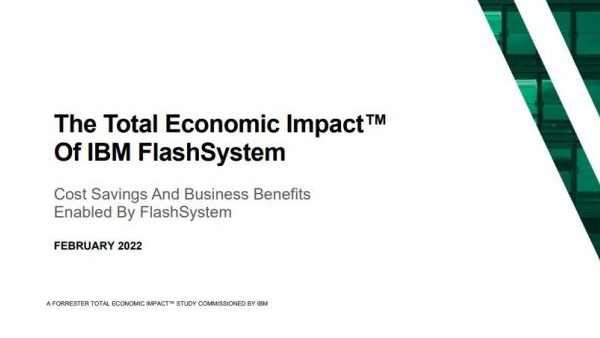 The Total Economic Impact™ Of IBM FlashSystem
The Total Economic Impact™ Of IBM FlashSystemWhitepaper Cost savings and business benefits enabled by FlashSystem
-
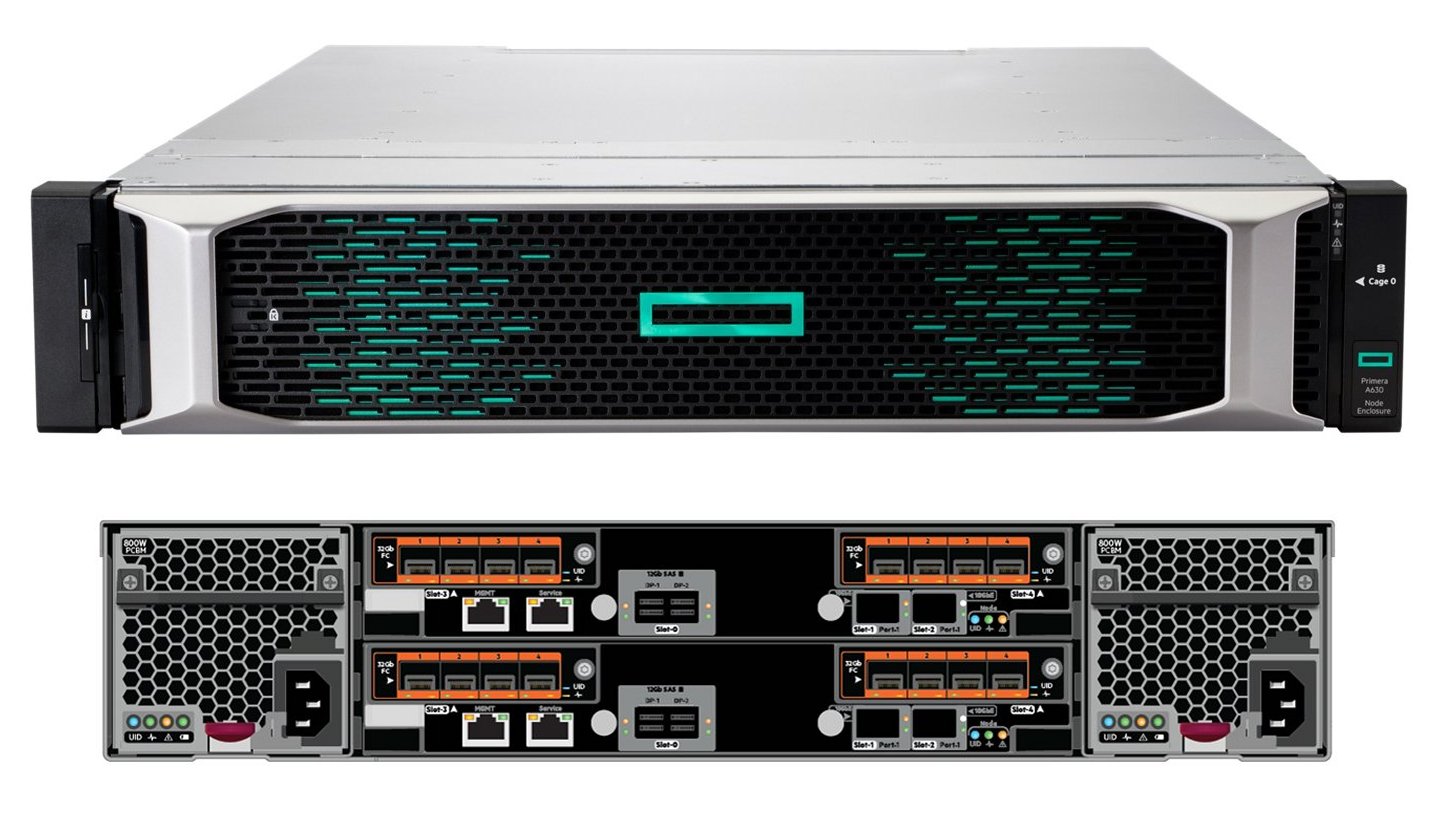 HPE Primera A630 review: 100% storage uptime with no excuses
HPE Primera A630 review: 100% storage uptime with no excusesReviews A powerful all-Flash array that ticks all the right boxes for Tier-0 storage
-
 The pros and cons of flash storage
The pros and cons of flash storageIn-depth A brief look at the pros and cons of flash storage, including its use in both USBs and SSDs
-
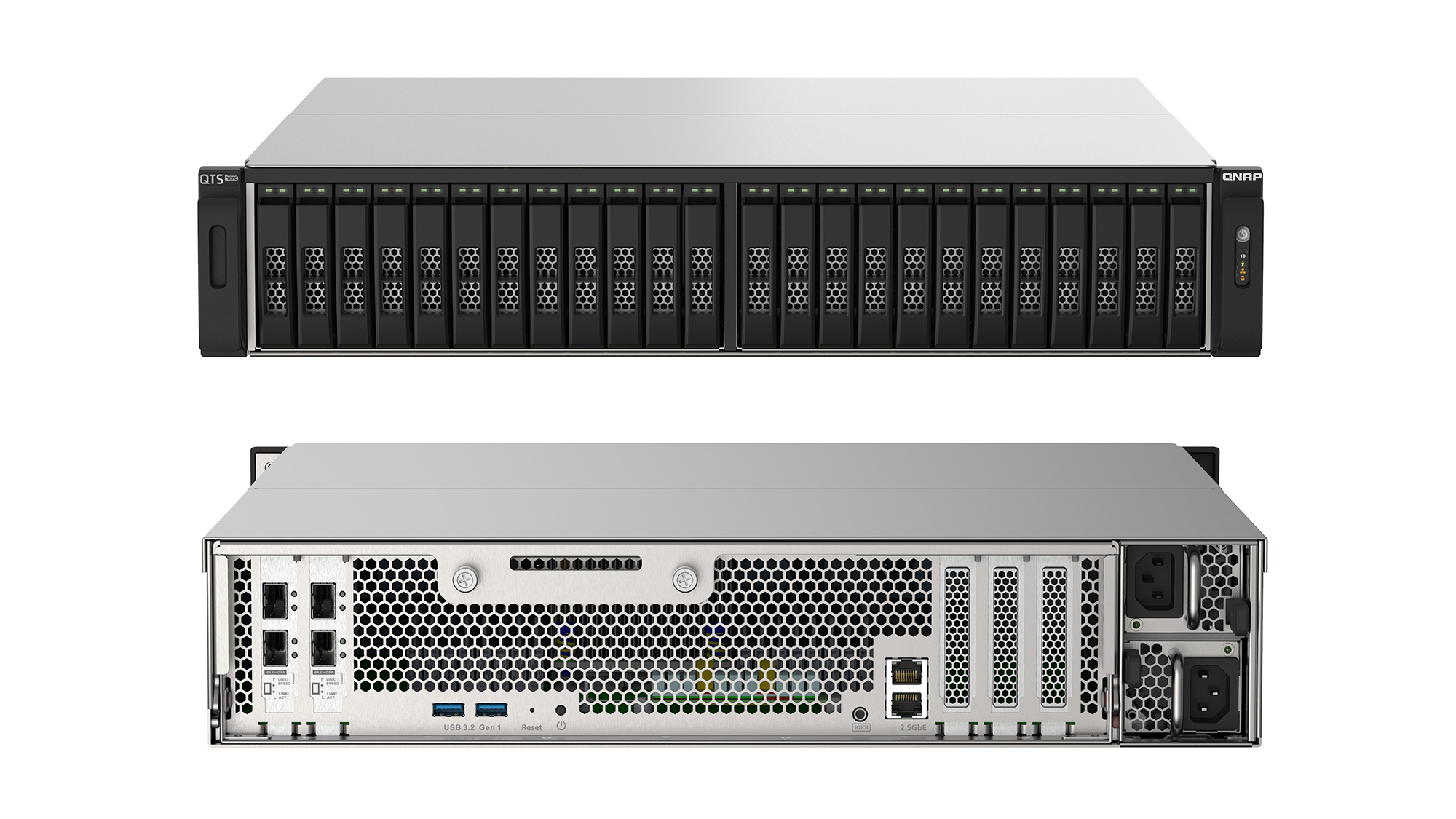
 Qnap TS-h2490FU QuTS hero edition review: Smash hit flash
Qnap TS-h2490FU QuTS hero edition review: Smash hit flashReviews A high-performance NVMe all-Flash array at an unbelievably low price
-
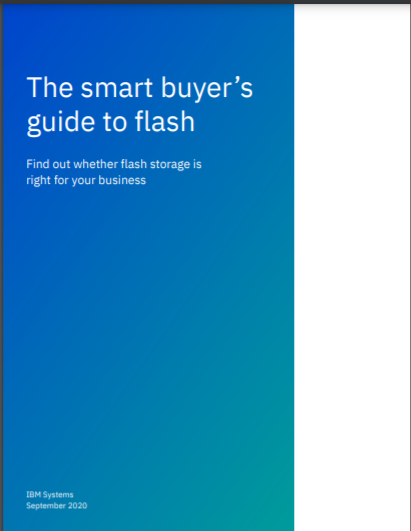 The smart buyer’s guide to flash
The smart buyer’s guide to flashWhitepaper Find out whether flash storage is right for your business
-
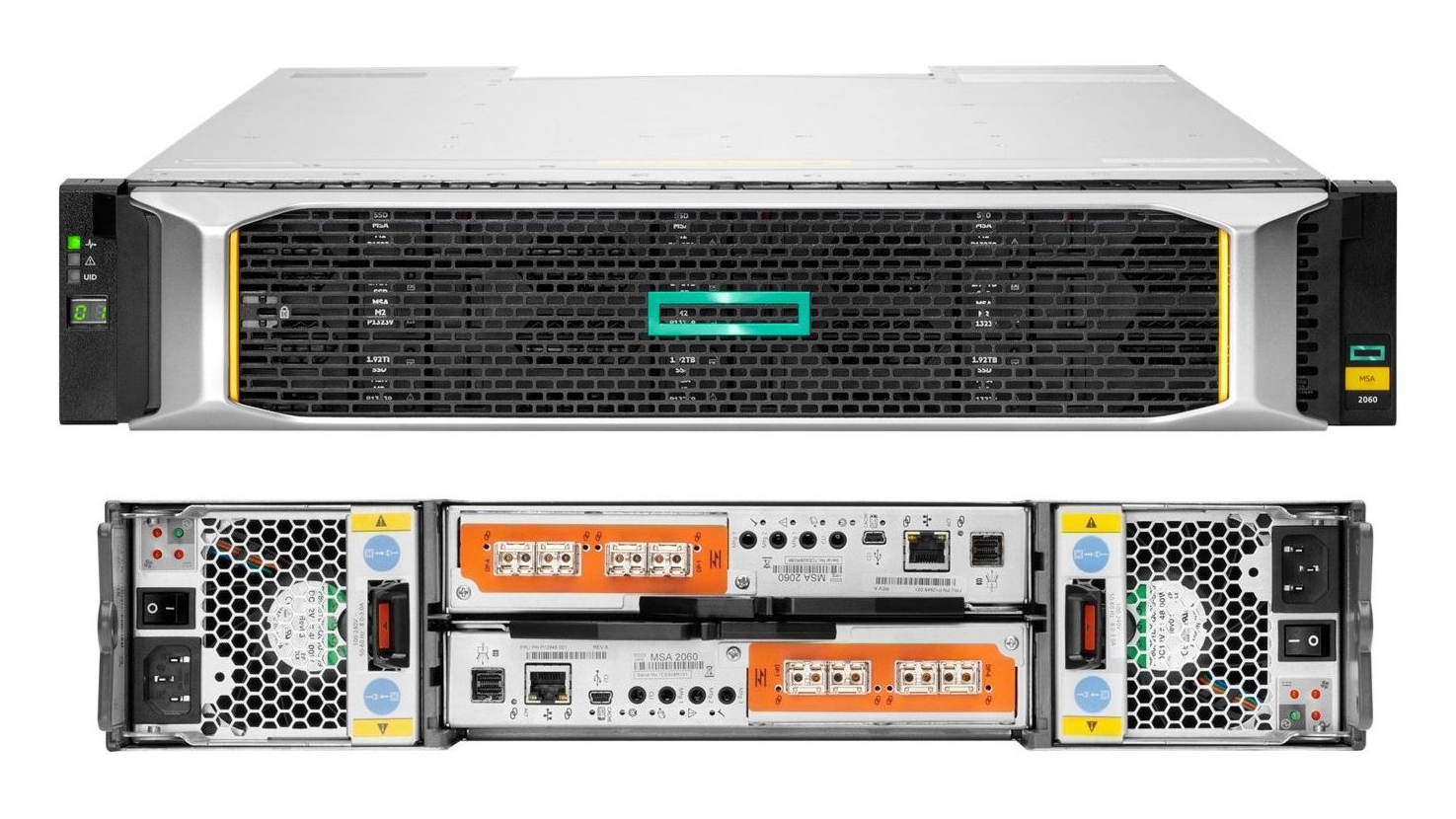
 HPE MSA 2060 Storage review: Storage tiering for dummies
HPE MSA 2060 Storage review: Storage tiering for dummiesReviews HPE’s affordable Gen6 MSA 2060 array boosts storage performance for SMBs